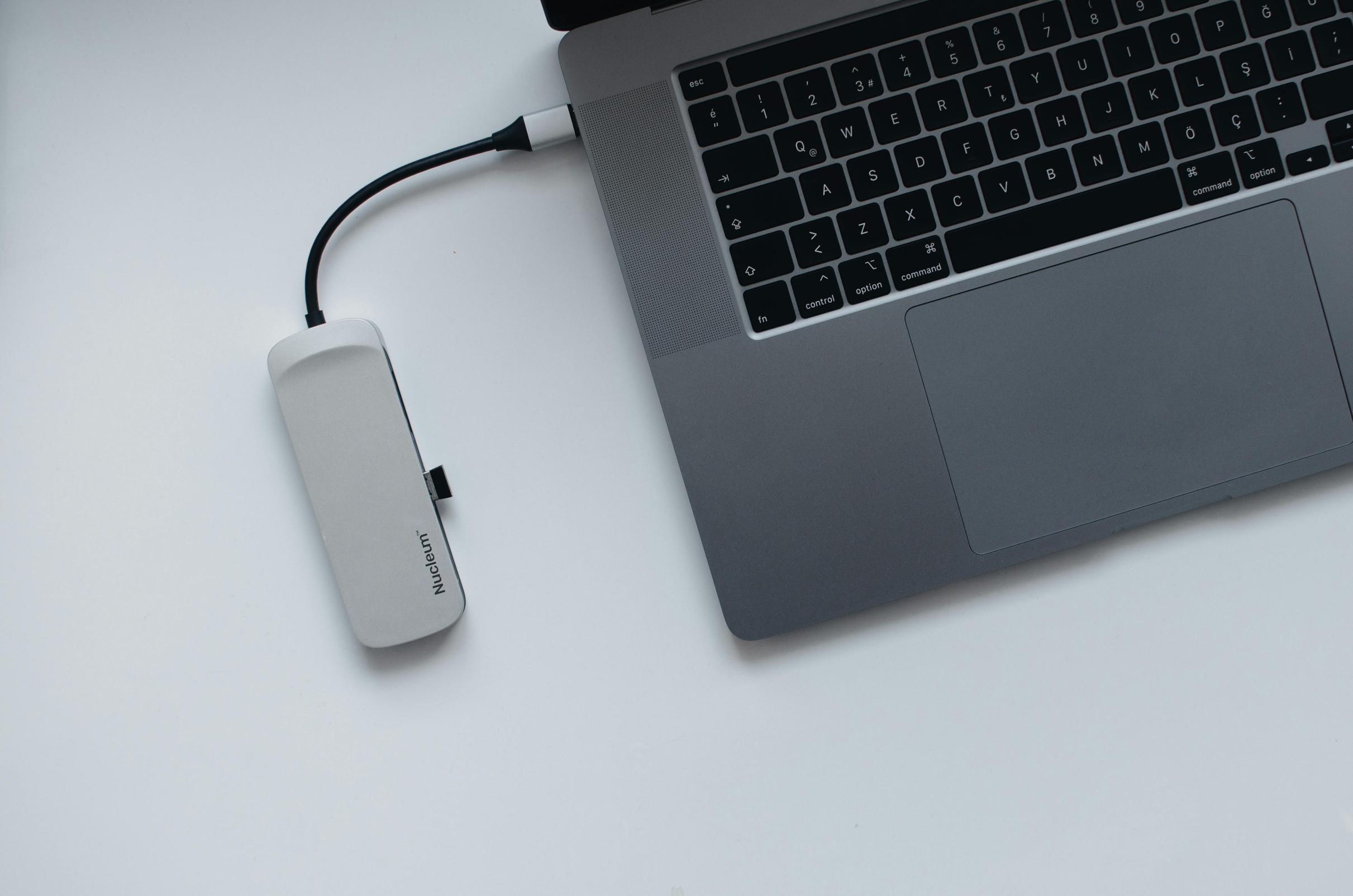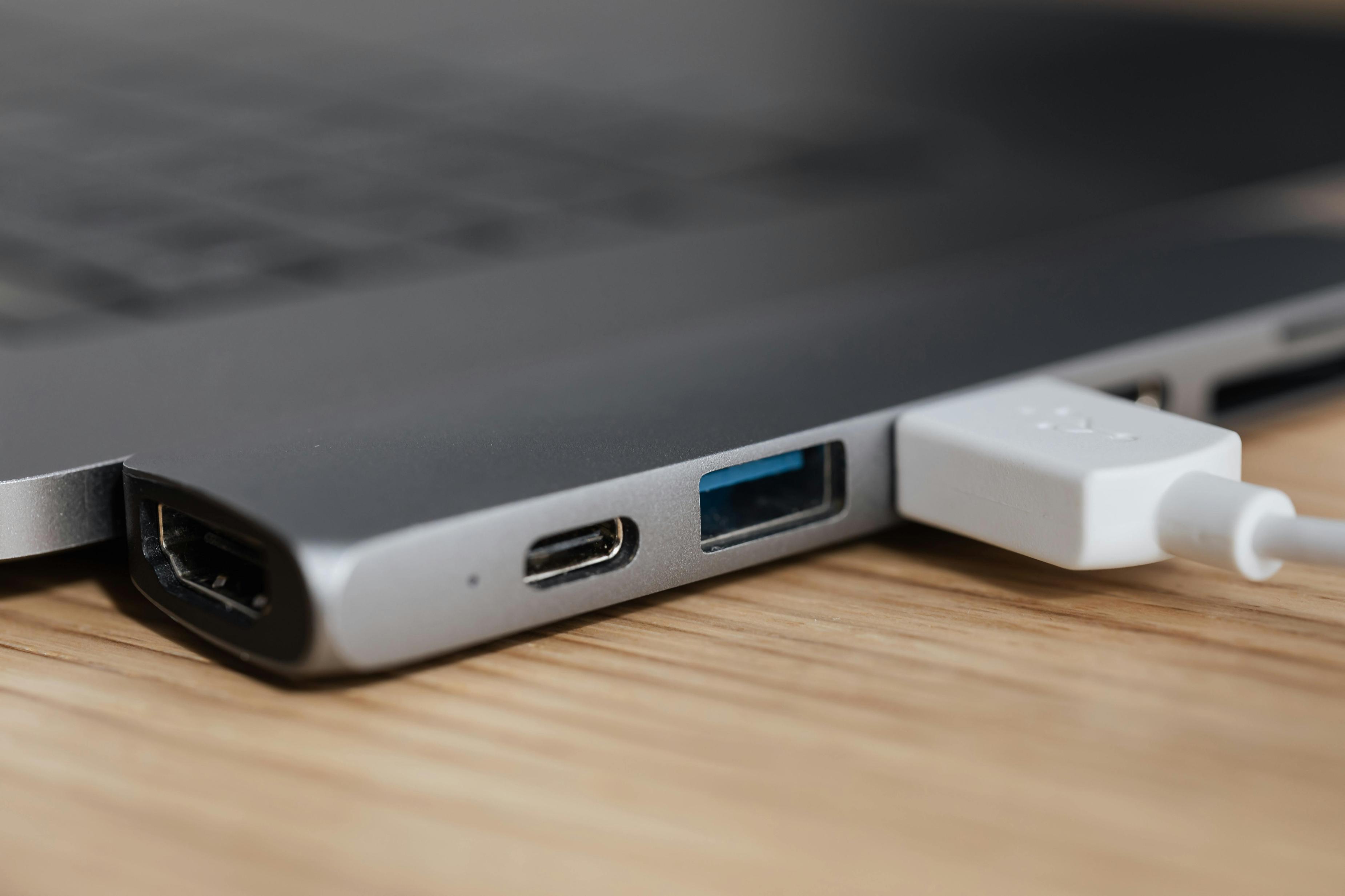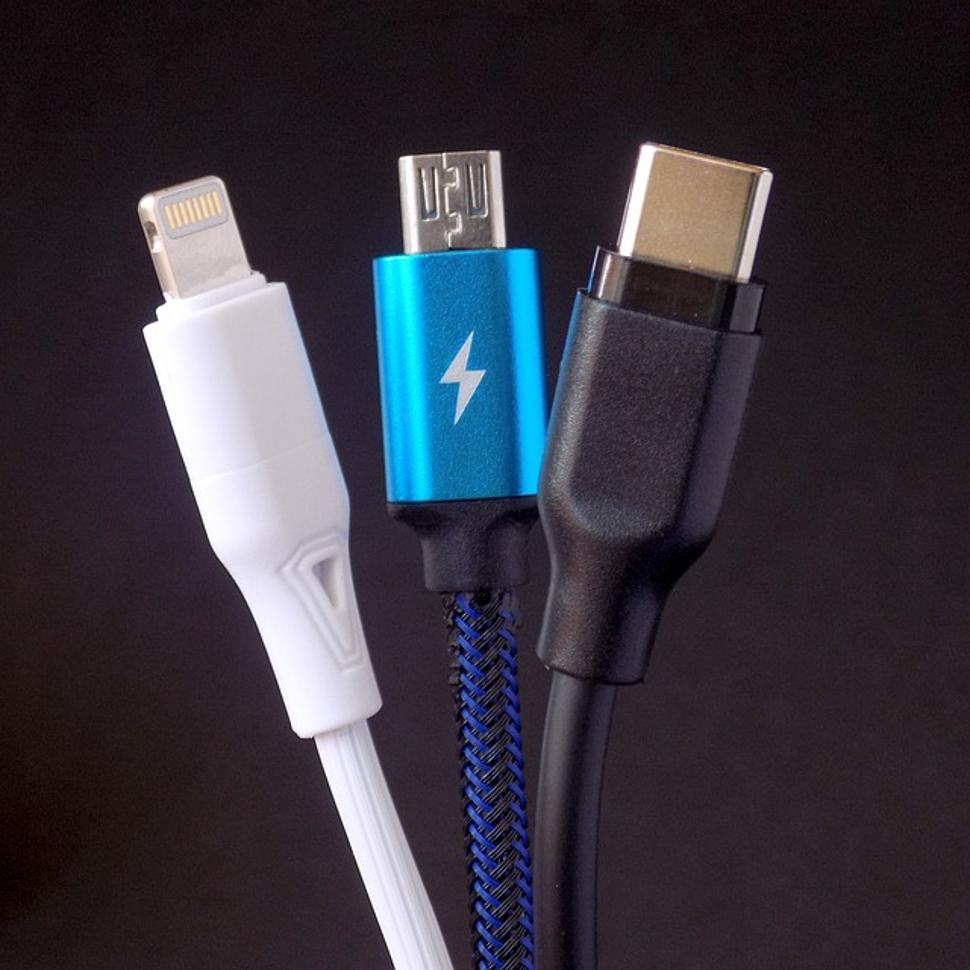The Comprehensive Guide to USB-C 5V Portable Monitors and Laptop USB-C 3V Compatibility
Introduction
USB-C has become the universal standard for connecting various devices, thanks to its versatility and efficiency. When it comes to USB-C portable monitors and laptops, understanding the nuances of different USB-C specifications is crucial for optimal performance. By demystifying USB-C 5V and USB-C 3V, this guide aims to help you make informed decisions when choosing a portable monitor, ensuring compatibility with your laptop.

Understanding USB-C Technology
What is USB-C?
USB-C, or USB Type-C, is a standardized connector for transmitting data and power between devices. Unlike its predecessors, USB-C is distinguished by its symmetrical design, allowing it to be plugged in either direction. Its power delivery capabilities range from charging smartphones to powering larger devices like laptops and monitors, making it a versatile choice for users.
Significance of USB-C in Monitors and Laptops
The adoption of USB-C in monitors and laptops is significant because it consolidates data transfer, video output, and power delivery into one cable. This reduces cable clutter and enables more streamlined workspaces. For portable monitors, USB-C can simplify setup and enhance portability, providing both power and video signal from a single connection to the laptop.
USB-C 5V vs USB-C 3V: Key Differences
Technical Specifications and Voltage Details
USB-C connectors can operate at different voltage levels, dictating their power delivery capabilities. USB-C 5V typically delivers up to 5 volts of power, which is sufficient for smaller devices like smartphones and tablets. In contrast, USB-C 3V delivers 3 volts, often used for signaling and lower-power applications. Understanding these differences is essential for compatibility and performance optimization.
Practical Impacts on Device Compatibility and Performance
The voltage specifications directly impact which devices a USB-C port can support. When considering a portable monitor, ensure it meets the voltage requirements of your laptop. A USB-C 5V portable monitor will generally be more compatible with a wider range of laptops, whereas a USB-C 3V connection could limit functionality. Incorrect voltage matching could lead to performance issues or even damage to your devices.
Choosing the Right USB-C Portable Monitor
Choosing the right portable monitor involves more than just checking voltage compatibility. Several key features can significantly enhance your experience with a USB-C portable monitor.
Essential Features to Look For
- Resolution and Screen Size: Higher resolution (e.g., 1080p or 4K) and larger screen sizes offer better display quality and workspace.
- Refresh Rate: A higher refresh rate (e.g., 60Hz or 120Hz) results in smoother visuals, which is crucial for gaming or video editing.
- Portability: Look for lightweight and slim designs for easier transport.
- Power Delivery: Ensure the monitor supports sufficient power output for your laptop.
- Additional Ports: Extra ports like HDMI or additional USB-C ports can add versatility.
Popular Models and Their Reviews
- ASUS ZenScreen: Known for its excellent display quality and robust build.
- AOC I1601FWUX: Praised for its compact design and affordability.
- Lenovo ThinkVision M14: Offers great color accuracy and lightweight design.
Pros and Cons of Each Model
- ASUS ZenScreen:
- Pros: High resolution, good build quality.
- Cons: Premium price.
- AOC I1601FWUX:
- Pros: Affordable, compact.
- Cons: Average display quality.
- Lenovo ThinkVision M14:
- Pros: Lightweight, accurate colors.
- Cons: Limited additional ports.

Ensuring Compatibility with Your Laptop
Ensuring your portable monitor works seamlessly with your laptop requires a thorough understanding of your laptop's USB-C port specifications and potential solutions for non-compatible devices.
Checking USB-C Port Specifications
First and foremost, check your laptop’s USB-C port specifications. Look for the power delivery (PD) and alternate mode support (for video output). This information is usually available in your laptop’s user manual or on the manufacturer’s website.
Compatibility Testing with Popular Laptop Models
- MacBook Pro: Generally compatible with most USB-C 5V portable monitors.
- Dell XPS Series: Supports USB-C PD and alternate mode, making it highly compatible.
- HP Spectre x360: Compatibility varies; ensure to check the specific model’s documentation.
Solutions for Non-Compatible Devices
If your laptop is not directly compatible with a USB-C 5V portable monitor, consider using:
- Adapters and Dongles: Convert your existing ports to USB-C.
- Hubs: Multi-port hubs can bridge incompatibility gaps.
- Firmware Updates: Sometimes, updating your device’s firmware can resolve compatibility issues.
Troubleshooting Common Issues
Despite all precautions, you might face some issues with your USB-C portable monitor. Below are some common problems and their solutions.
Screen Flickering
Screen flickering usually results from insufficient power delivery. Ensure both devices are fully compatible and consider using a separate power supply if necessary.
Connectivity Problems
- Check Cable Quality: Low-quality cables can cause connection issues.
- Port Cleanliness: Ensure no debris is obstructing the port connections.
Solutions and Workarounds
- Restart Devices: Sometimes a simple restart can resolve connectivity problems.
- Update Drivers/Firmware: Ensure both your laptop and monitor have the latest software updates.
Best Practices for Setting Up Your USB-C Portable Monitor
Setting up your USB-C portable monitor correctly can greatly affect the performance. Follow these best practices for optimal results.
Optimal Performance Tips
- Use Quality Cables: High-quality cables ensure stable and efficient power and data transfer.
- Proper Positioning: Set up your monitor at eye level to reduce strain.
Avoiding Common Setup Mistakes
- Check Compatibility First: Always verify the compatibility of both devices before purchase and setup.
- Cable Management: Properly manage cables to avoid damage and clutter.

Conclusion
Understanding the intricacies of USB-C technology can enhance your device's performance and profoundly improve your user experience. By choosing the right USB-C portable monitor and ensuring it’s compatible with your laptop, you can enjoy a seamless and productive setup.
Frequently Asked Questions
What are the main differences between USB-C 5V and USB-C 3V?
USB-C 5V delivers up to 5 volts of power, suitable for higher-power applications like portable monitors. USB-C 3V is intended for low-power signaling applications.
How can I ensure my portable monitor is compatible with my laptop?
Check your laptop’s USB-C port specifications for power delivery and alternate mode support. Refer to the manufacturer’s documentation or user manual.
What should I do if my USB-C portable monitor is not working correctly?
Troubleshoot by checking cable quality, updating device drivers or firmware, and ensuring both devices are compatible. Restart devices to resolve minor issues.



